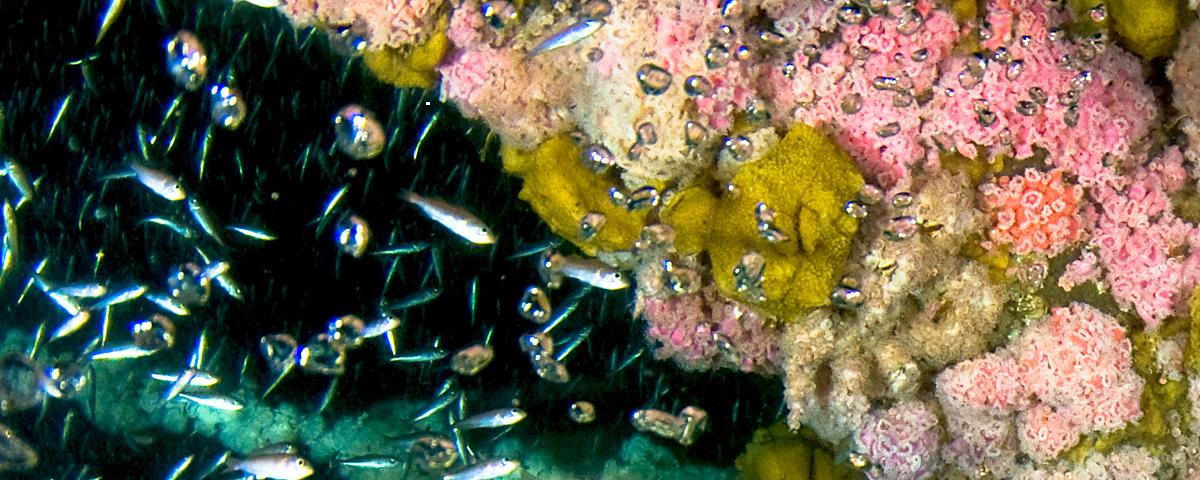Sedimentation on the cold-water coral Lophelia pertusa: cleaning efficiency from natural sediments and drill cuttings
Abstract
From the Abstract: “Anthropogenic threats to cold-water coral reefs are trawling and hydrocarbon drilling, with both activities causing increased levels of suspended particles. The efficiency of Lophelia pertusa in rejecting local sediments and drill cuttings from the coral surface was evaluated and found not to differ between sediment types. Further results showed that the coral efficiently removed deposited material even after repeated exposures, indicating an efficient cleaning mechanism. In an experiment focusing on burial, fine-fraction drill cuttings were deposited on corals over time. Drill cutting covered coral area increased with repeated depositions, with accumulation mainly occurring on and adjacent to regions of the coral skeleton lacking tissue cover. Tissue was smothered and polyp mortality occurred where polyps became wholly covered by material. Burial of coral by drill cuttings to the current threshold level used in environmental risk assessment models by the offshore industry (6.3 mm) may result in damage to L. pertusa colonies.”

